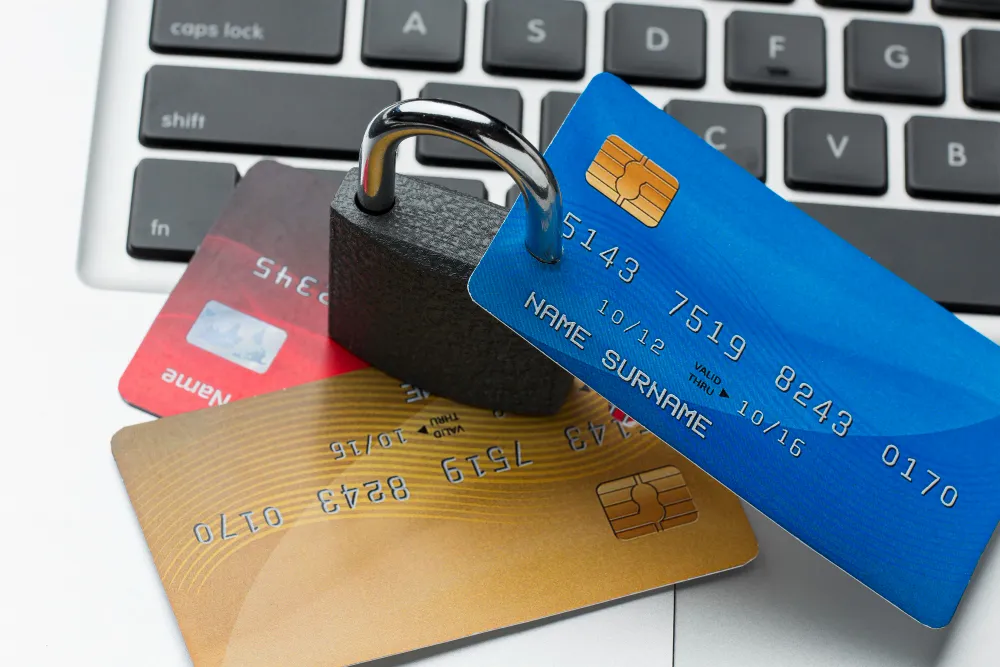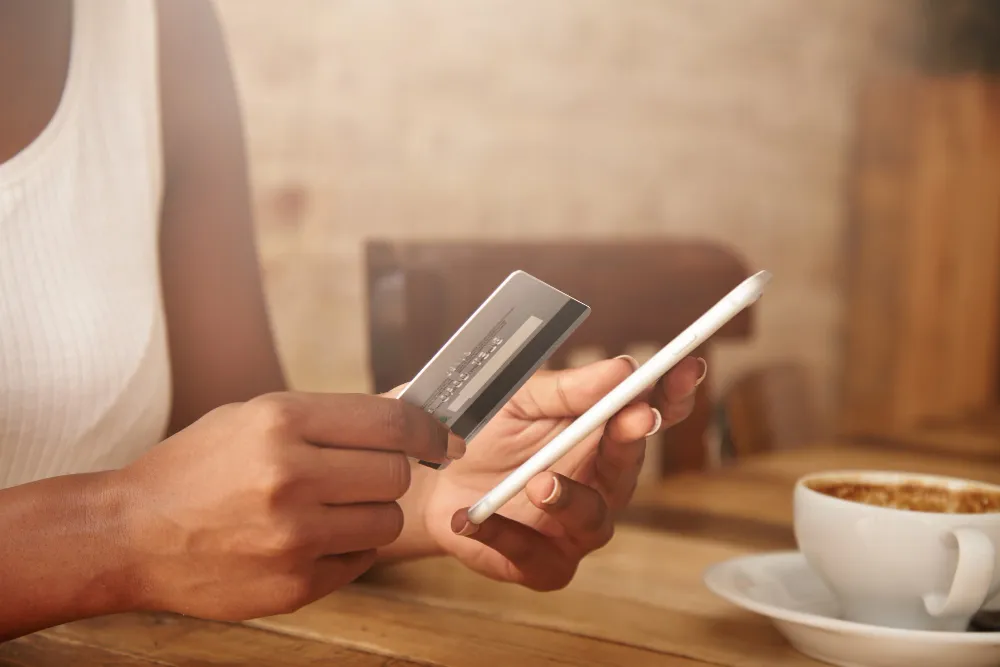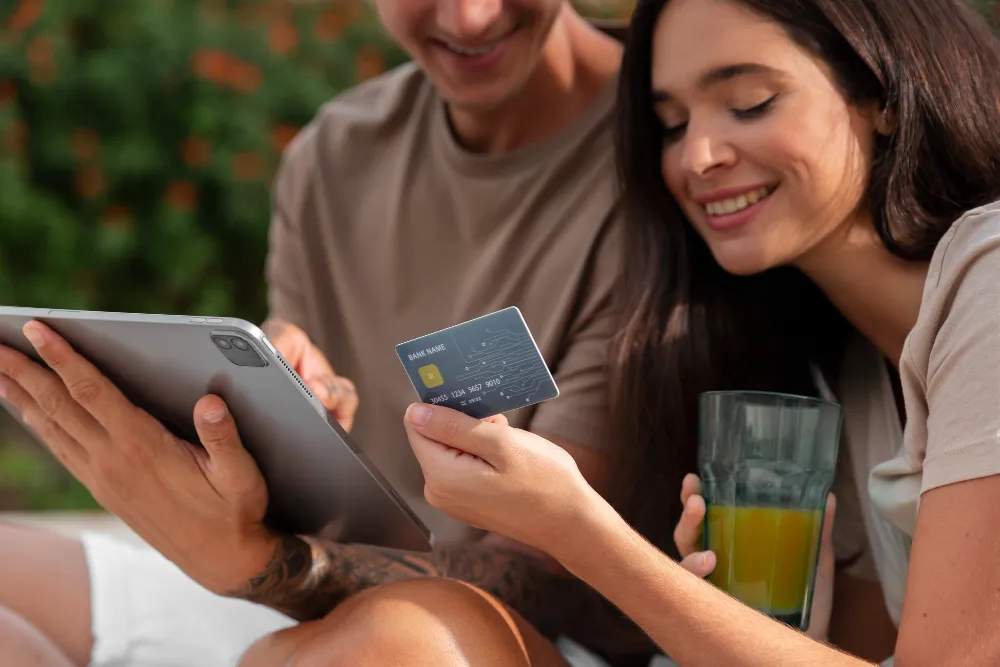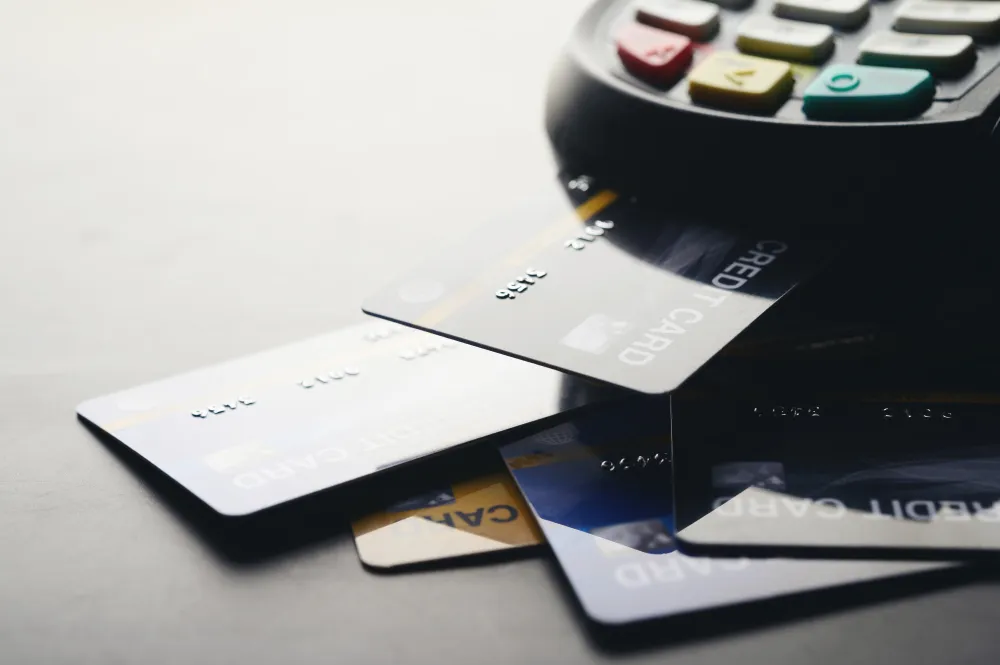Credit cards serve as effective payment tools, equipped with robust security features. To maintain your financial health and avoid complications, it’s important to implement preventative strategies and adhere to security best practices.

This article compiles professional advice on how to protect your credit card from fraud, theft, and misuse.
Opt for Virtual Cards When Shopping Online
Online shopping is frequently targeted by fraudsters. To enhance your safety, consider using virtual cards, which are temporary versions of your actual card.
Many major card providers offer this option, enabling you to create a one-time number for each transaction. This way, even if the details are compromised, that number becomes useless.
Activate Transaction Notifications
Most banks and credit card companies allow you to set up instant notifications for every transaction processed with your card.
You can opt for alerts via SMS, email, or through your banking app whenever a purchase occurs. This enables you to swiftly spot any unusual activity and address it before it escalates.
Regularly Review Your Statements
Even with transaction alerts set up, it’s vital to frequently check your statements. Fraudsters often execute small, unauthorized transactions, hoping they won’t be noticed.
By keeping an eye on your transactions, you can challenge any irregular charges and avert financial setbacks.
Exercise Caution with Public Wi-Fi
Steer clear of making online purchases or checking your bank account while connected to public Wi-Fi, found in cafés, airports, or hotels.
These networks are often susceptible to hacking attempts that can compromise your financial information.
If you must access sensitive information on a public network, consider using a VPN (Virtual Private Network) to secure your connection. Ideally, stick to your mobile data or a reliable Wi-Fi network.
Enable Two-Factor Authentication (2FA)
Whenever possible, turn on two-factor authentication (2FA) to enhance the security of your banking and credit card applications.
This feature provides an additional security layer by requiring a second verification method, like a code sent through SMS or generated by an authentication app.
Use Digital Wallets for Payments
Platforms like Apple Pay, Google Pay, and Samsung Pay enhance security by substituting real card numbers with encrypted tokens.
This means that even if a retailer suffers a data breach, your actual card information remains safe.
Moreover, these digital wallets often use biometric verification, like fingerprints or facial recognition, minimizing the chance of unauthorized access.
Watch Out for Phishing Scams
Phishing is a prevalent method used by fraudsters to steal credit card information.
These scams often involve bogus emails or messages masquerading as legitimate banks or companies, pushing you to click on dubious links and disclose your personal data.
To safeguard yourself, always confirm the sender’s legitimacy and steer clear of clicking on unfamiliar links. If unsure, reach out to your bank directly.
Protect Your Physical Card
While digital security is crucial, don’t overlook the importance of keeping your physical credit card safe. Refrain from leaving it unattended in public spaces and avoid carrying extra cards in your wallet.
If your card is lost or you suspect it has been compromised, lock it immediately via your bank’s app or contact the issuer.
Steer Clear of Suspicious Machines
Fraudsters frequently attach devices known as “skimmers” to ATMs and payment terminals to capture card data. Always inspect the card reader for signs of tampering or looseness before inserting your card.
Whenever you can, choose contactless payments to minimize potential risks. In crowded areas or markets, cash can be a safer and more convenient alternative.
Establish Spending Limits and Temporary Locks
Most card issuers let you set daily spending caps or temporarily lock your card using their mobile app.
This option is handy if you rarely use your card or seek additional security against unauthorized charges.
Stay Cautious of Too-Good-to-Be-True Offers
Always check a website’s legitimacy before making a purchase by looking for security seals and ensuring the URL is secure.
Refrain from entering payment information on sites you don’t recognize or those lacking HTTPS protocol.
By applying these expert suggestions, you can notably lower the chances of fraud and enjoy a safer credit card experience.



